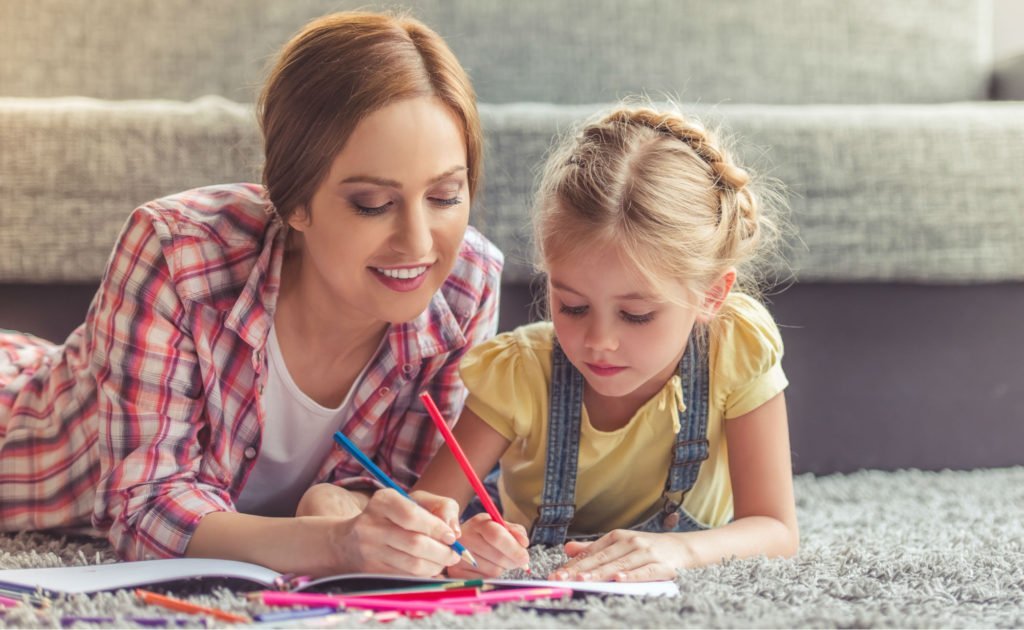Introduction
Play therapy, a powerful and dynamic approach to helping children address emotional, behavioural, and psychological issues, is built upon the foundation of the therapeutic relationship. In this blog, we will explore why the relationship between the child and the therapist is the cornerstone of play therapy. We will delve into the significance of a strong therapeutic bond, the ways it facilitates healing and growth, and how therapists can cultivate and maintain these connections for the benefit of their young clients.
Understanding Play Therapy
Play therapy is a form of psychotherapy designed specifically for children. Unlike traditional talk therapy, which can be intimidating and less effective for young clients, play therapy provides a safe and non-threatening environment for children to express their feelings, thoughts, and experiences. Through the use of toys, games, and creative activities, children communicate and work through their emotional struggles.
The Therapeutic Relationship
A cornerstone of any therapeutic approach is the therapeutic relationship. However, in play therapy, it is especially crucial. Building a strong, trusting, and nurturing relationship between the therapist and the child is the first and most fundamental step in the therapeutic process. There are several reasons why the relationship is key in play therapy:
Trust and Safety
Children need to feel safe and secure to express their inner thoughts and emotions. The therapeutic relationship serves as a safe space where children can trust that their feelings and experiences will be accepted without judgment. This trust is the foundation upon which effective therapy is built.
Emotional Expression
Children often lack the vocabulary to express their emotions verbally. Through play, they can convey complex feelings and experiences symbolically. A strong therapeutic relationship enables children to feel comfortable expressing themselves in this non-verbal manner, allowing the therapist to gain insight into their inner world.
Attachment Repair
Many children seeking play therapy have experienced attachment disruptions or trauma. The therapeutic relationship can serve as a corrective emotional experience, helping the child develop secure attachments and heal from past wounds. The therapist becomes a secure base from which the child can explore and learn to trust others.
Development of Coping Skills
The relationship with the therapist models healthy social and emotional interactions. By observing how the therapist responds to their emotional needs and guides them through challenges, children can develop and practice coping skills that can be applied in their daily lives.
Self-Regulation
Children often struggle with self-regulation and impulse control. A strong therapeutic relationship assists children in learning how to manage their emotions, calming themselves when they are upset, and expressing themselves appropriately.
Empowerment
As the relationship between the child and therapist develops, the child begins to feel more empowered. This newfound confidence extends beyond the therapy room and can lead to positive changes in the child’s daily life.
Building and Nurturing the Therapeutic Relationship
Building a strong therapeutic relationship in play therapy requires skill, patience, and a deep understanding of child development. Here are some essential strategies for therapists to foster and maintain this relationship:
Active Listening
Therapists must engage in active listening, paying close attention to the child’s verbal and non-verbal cues. This demonstrates that the child’s feelings and experiences are important and valued.
Empathy and Validation
Empathizing with the child’s emotions and validating their experiences are essential in building trust. Children need to know that their feelings are real and okay.
Respect and Boundaries
Maintaining appropriate boundaries while showing respect for the child’s autonomy is crucial. Children should feel in control of their therapy experience while knowing that the therapist is there to provide support and guidance.
Flexibility
Flexibility in therapy sessions is essential. Some children may need more structure, while others may benefit from a more open, free-play approach. Adapting to the child’s needs and preferences is key.
Playfulness
Using humour and playfulness can create a sense of enjoyment and safety in therapy sessions. Play therapists often use this approach to connect with children and reduce anxiety.
Conclusion
The therapeutic relationship is the cornerstone of play therapy, creating a safe and nurturing environment for children to explore, heal, and grow. By establishing trust, providing a platform for emotional expression, and fostering attachment, therapists can guide their young clients toward improved emotional and behavioural well-being. The power of the therapeutic relationship in play therapy cannot be underestimated, and it is through this connection that lasting change and healing can occur in the lives of the children who seek this unique and valuable form of therapy.
